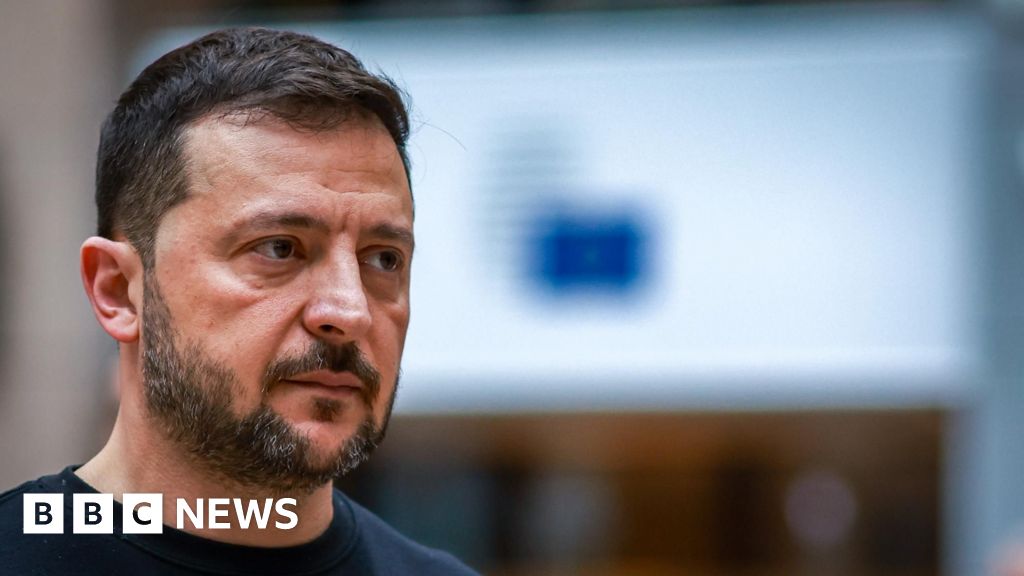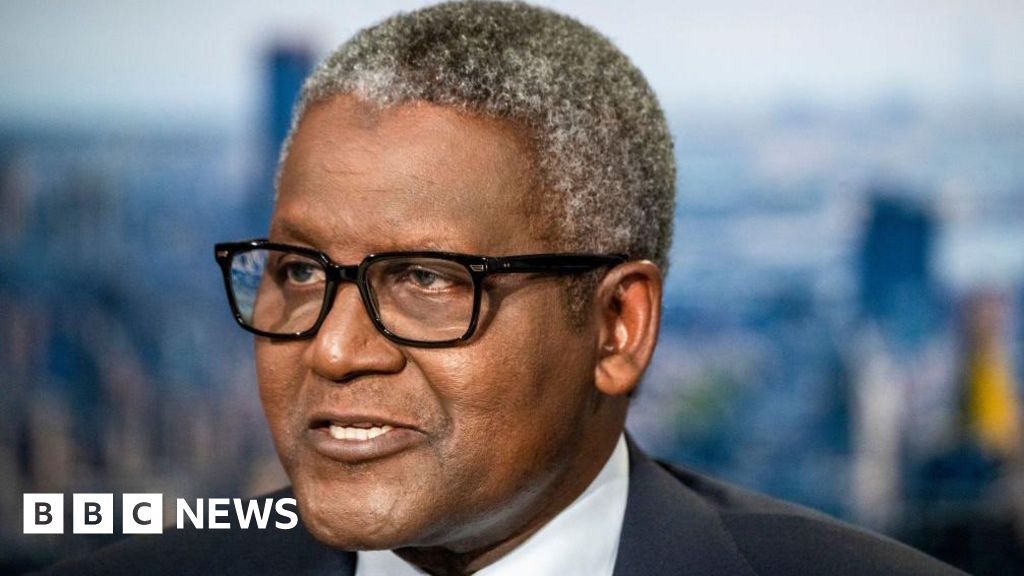ARTICLE AD BOX
By Tom Spender
BBC News
Image source, Getty Images
Image caption,A Ukrainian soldier displays an anti-drone rifle in Kyiv. Russia claims to have destroyed a drone using a laser
Russia claims to have used laser weapons on the battlefield in Ukraine, although the US says it has seen no evidence of this and Ukraine has derided it as propaganda. What are laser weapons and how effective could they be in the conflict?
Yury Borisov, the deputy prime minister in charge of military development, told Russian TV that a laser prototype called Zadira was being deployed in Ukraine and had burned up a Ukrainian drone within five seconds at a distance of 5km (three miles).
This was in addition to a previous laser system called Peresvet - named after a medieval Orthodox warrior monk - which could be used to dazzle satellites orbiting high above Earth and prevent them from gathering information.
"If Peresvet blinds, then the new generation of laser weapons lead to the physical destruction of the target - thermal destruction, they burn up," Mr Borisov said.
However, an official with the US Department of Defense said he had not seen "anything to corroborate reports of lasers being used" in Ukraine.
Meanwhile, Ukrainian President Volodymyr Zelensky mocked the Russian claim, comparing it to the so-called "wonder weapons" that Nazi Germany claimed to be developing during World War Two.
"The clearer it became that they had no chance in the war, the more propaganda there was about an amazing weapon that would be so powerful as to ensure a turning point," he said in a video address.
"And so we see that in the third month of a full-scale war, Russia is trying to find its 'wonder weapon'... this all clearly shows the complete failure of the mission."
What laser weapons can - and can't - do
Little is known about the Zadira laser programme, but in 2017 Russian media said state nuclear corporation Rosatom had helped develop it as part of a programme to create weapons based on new physical principles, news agency Reuters reported.
But there is at least one country which has developed a laser weapon is Israel. It released video last month showing a laser system shooting down rockets and drones.
Israel has successfully tested the new “Iron Beam” laser interception system.
This is the world’s first energy-based weapons system that uses a laser to shoot down incoming UAVs, rockets & mortars at a cost of $3.50 per shot.
It may sound like science fiction, but it's real. pic.twitter.com/nRXFoYTjIU
The BBC is not responsible for the content of external sites.View original tweet on Twitter
Prime Minister Naftali Bennett said it could shoot down drones, mortars and rockets for just $3.50 (£2.80) a shot. "It may sound like science fiction, but it's real," he said.
But missile defence expert Dr Uzi Rubin from the Jerusalem Institute for Strategy and Security (JISS) said laser weapon technology would not alter the balance of power on the battlefield in Ukraine.
"Zelensky is right - it's no wonder weapon," he told the BBC. "It took them several seconds to shoot the UAV down. There are much better ways to do it, to use a Stinger or any anti-aircraft missile would have been cheaper, faster and longer range."
Lasers work by sending out a beam of infrared light that heats up its target until it combusts. Dr Rubin said the power of even advanced laser weapons was still too weak to make a significant difference on the battlefield, and such weapons had a low "kill rate".
"It's not like in Star Wars where they point a laser gun at the bad guys and quickly push a button and the bad guy explodes. In reality, it's more like a mere microwave oven. If you want to make a cup of water boil it takes some time. The laser is the same. You need to put it on the target and wait until it heats up and destroys it," he said.
The laser can only focus on one target at a time, Dr Rubin said, while missile defence systems can engage multiple incoming targets simultaneously.
Additionally, lasers are neutralised by bad weather because they don't work in rain or snow and cannot penetrate cloud.
However Israel's "Iron Beam" does have a rationale, he said, but mainly as a way of saving money. Israel's expensive Iron Dome interceptor missiles are designed to protect major cities from incoming missiles, rather than mortar rounds or drones.
"Missile warfare is a war of resources. It's cheaper to make the rockets than to defend against them. So whatever you can do to reduce the costs of defending is useful," he said.
"Energy weapons can be useful in reducing costs - but it's not going to make a revolution."
Additionally, Russia could use lasers on the battlefield to blind Ukrainian soldiers, retired Australian army major general Mick Ryan told the Washington Post, although this is banned under a 1995 protocol added to the UN treaty that prohibits weapons causing excessive injury or having indiscriminate impact.
Russia, the US, UK and others are signatories to the protocol.

 2 years ago
24
2 years ago
24








 English (US)
English (US)